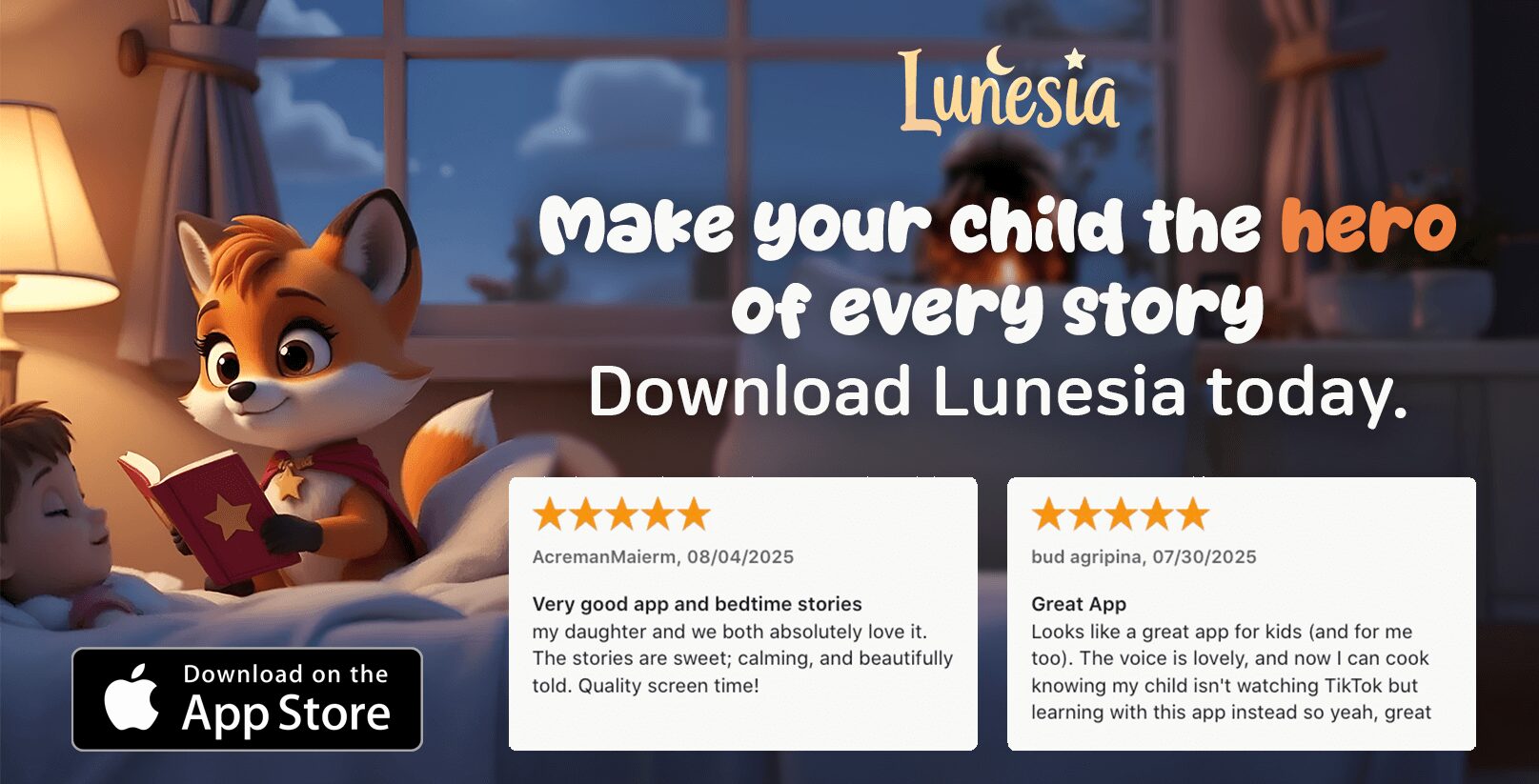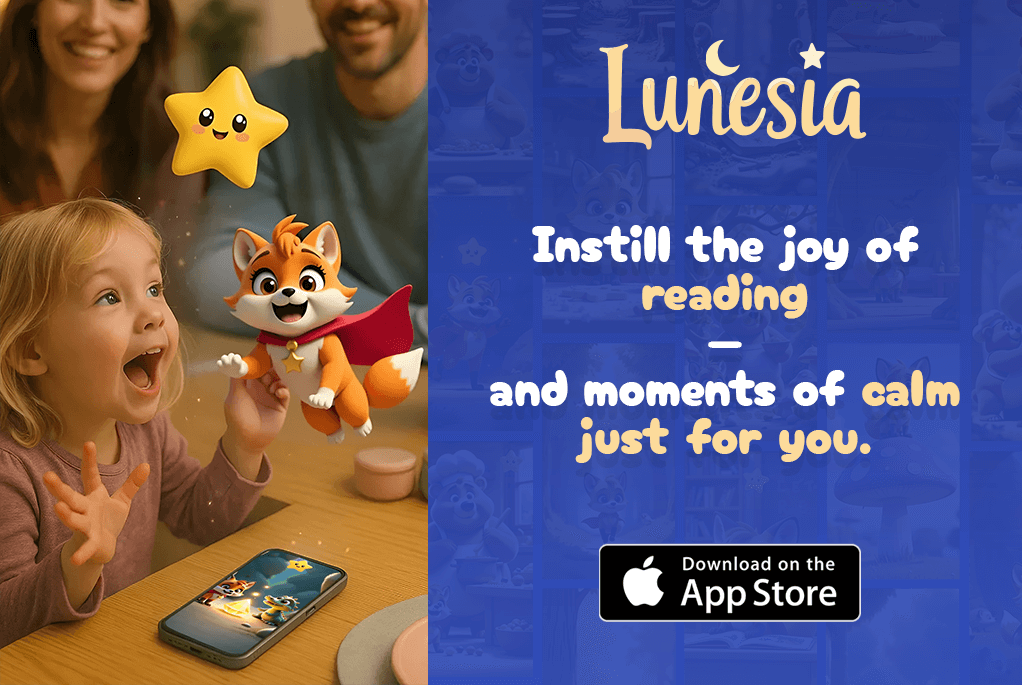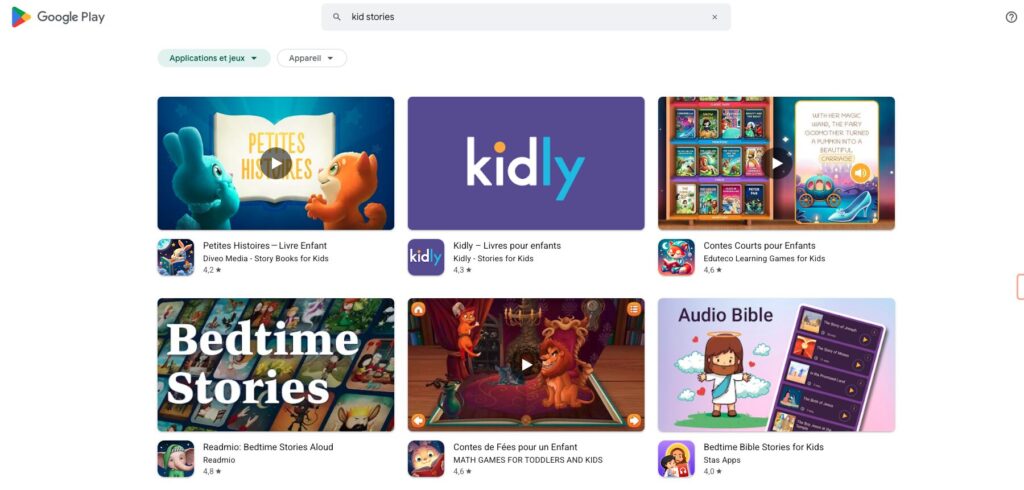Have you ever felt overwhelmed trying to keep your little ones engaged? I’ve been there too. Whether it’s a restless toddler or a curious preschooler, finding ways to connect with them can feel like a puzzle. That’s where the magic of storytelling comes in. It’s not just about reading a book—it’s about creating moments that shape their minds and hearts.

Research by Chris Wing shows that storytelling boosts executive functioning in children. This means better focus, problem-solving, and emotional regulation. Think of it as mental nutrition for growing brains. Simple stories can spark language development, nurture creativity, and build the foundation for lifelong learning.
As a parent or teacher, you’re not just sharing tales—you’re preparing them for the world. Narrative skills are closely tied to kindergarten readiness, helping kids express themselves and understand others. Let’s explore how these simple moments can become powerful tools for their development.
The Power of Storytelling in Early Childhood Education
Ever wondered how simple tales can shape your child’s future? Stories are more than just entertainment—they’re powerful tools for language development and communication skills. When children listen to or retell stories, they naturally learn sentence structure, sequencing, and new words.
Research shows that storytelling activates the prefrontal cortex more than picture books. This part of the brain is crucial for focus, problem-solving, and emotional regulation. For example, when kids retell the “bird feeder story,” they practice sequencing words like “first,” “next,” and “finally.” This builds their ability to organize thoughts and express ideas clearly.
Chris Wing’s curriculum introduces “feeling words” like frustrated, excited, and surprised. These help children understand and express emotions, improving their vocabulary and self-regulation. Think of storytelling as building verbal LEGO towers—each story adds new linguistic blocks, strengthening their foundation for future learning.
| Benefit | Storytelling | Traditional Methods |
|---|---|---|
| Language Development | Natural sentence formation | Rote memorization |
| Communication Skills | Sequencing and clarity | Limited practice |
| Emotional Vocabulary | Feeling words technique | Basic emotion labels |
Stories are more than just fun—they’re a gateway to better understanding and expression. By incorporating storytelling into daily routines, you’re helping your child build essential skills for life.
The Benefits of Storytelling for Young Minds
What if I told you a simple story could unlock your child’s creative superpowers? It’s not magic—it’s science. When kids hear tales without pictures, their brains light up like a movie screen, crafting vivid scenes from words alone.

Enhances Creativity and Imagination
Neuroscience shows that word-based stories force active visualization. Unlike picture books, where images are given, tales like Jamaica’s Anansi the Spider adventures let kids paint mental pictures. This “movie-making” builds creativity and flexible thinking.
Teachers notice the difference too. In one study, 78% saw kids solve problems more creatively after regular storytelling. Why? Stories introduce fantastical elements—talking animals, hidden worlds—that stretch imagination.
“Creating mental images is cognitive weightlifting for young brains.”
Try this: Pause mid-story and ask, “What do you think happens next?” You’ll hear wild, wonderful answers. This simple trick encourages kids to explore perspectives and own their ideas.
| Activity | Skill Developed | Example |
|---|---|---|
| Word-based stories | Mental visualization | Anansi’s spider webs |
| Open-ended questions | Divergent thinking | “What if the hero fails?” |
| Fantastical elements | Abstract reasoning | Flying carpets, talking trees |
For more inspiration, explore our favorite bedtime stories that turn ordinary nights into adventures. Remember, every story you share plants seeds for a brighter, bolder mind.
How Storytelling Supports Executive Functioning
Did you know that stories can help your child manage daily tasks better? It’s true! Executive functioning—skills like working memory, flexible thinking, and self-control—are crucial for success in school and life. Research by Chris Wing shows that storytelling can significantly improve these abilities.
For example, in one classroom, a child used a “story sequence” to manage their morning routine. By narrating steps like “first, I brush my teeth, next, I get dressed,” they stayed organized and focused. This simple technique mirrors how narrative structure helps kids complete tasks effectively.
Neuroscience explains why this works. When children hear or retell stories, their prefrontal cortex—the brain’s control center—lights up. This area governs planning, decision-making, and impulse control. By practicing sequencing and problem-solving through stories, kids strengthen these skills naturally.
“Let’s tell the playground story together—what happened first?”
Try Wing’s car seat conversation strategy. Ask your child to retell a recent event, like a trip to the park. Encourage them to use words like “first,” “next,” and “finally.” This not only builds cognitive development but also enhances their ability to regulate emotions and actions.
Stories are more than entertainment—they’re tools for building essential life skills. By incorporating them into daily routines, you’re helping your child develop self-regulation and prepare for future challenges.
Practical Ways to Integrate Storytelling into Daily Routines
Ever thought about turning everyday moments into memorable adventures? It’s easier than you think! By weaving personal narratives into your daily routines, you can create meaningful connections and foster creativity. Let’s explore how you can make storytelling a natural part of your day.

Model Storytelling with Personal Narratives
Start by sharing your own experiences. For example, Chris Wing’s grocery store story begins with, “Guess what happened to me today…” This simple approach invites kids into your world and encourages them to share stories of their own. Research shows a 63% success rate when using shared event storytelling, making it a powerful tool for building communication skills.
Here are five practical strategies to seamlessly integrate storytelling into your day:
- “While You Wait” Stories: Use transitions like car rides or waiting in line to share quick tales. Ask, “What do you think happens next?” to spark imagination.
- Mealtime “Highlight Reel”: Turn dinner into a story-sharing session. Encourage everyone to share their favorite moment of the day.
- Personalized Bedtime Rituals: Create a special storytime routine. Use familiar characters or events to make it relatable.
- Emotion Check-Ins: Use story prompts to discuss feelings. For example, “Tell me about a time you felt really proud.”
- Collaborative Classroom Walls: In group settings, build a story wall where kids can add their own contributions. Try, “Remember when we planted seeds? Who wants to add to our garden story?”
By incorporating these strategies, you’re not just filling time—you’re creating opportunities for growth and connection. Stories give context to experiences, helping kids make sense of the world around them. Start small, and watch how these moments transform your daily life.
Storytelling vs. Picture-Book Reading: What Research Shows
Have you ever noticed how kids react differently to stories versus picture books? Research reveals fascinating insights into how these two methods impact brain development. Studies using NIRS monitoring show that storytelling activates the prefrontal cortex 22% more than picture-book reading. This area of the brain is crucial for focus, problem-solving, and emotional regulation.
One surprising finding is that children retain 38% more vocabulary from oral stories compared to picture books. This is because storytelling forces kids to visualize scenes, strengthening their imagination and memory. On the other hand, familiarization with picture books reduces engagement by 40%, as the visuals become less stimulating over time.
Here’s what the research suggests: Over-reliance on visual aids can limit a child’s ability to imagine and think creatively. While picture books are great for introducing information, they shouldn’t replace the power of oral storytelling. Instead, use them as story starters to spark curiosity and discussion.
“Storytelling sustains brain activation even after kids become familiar with the tale, making it a powerful tool for cognitive development.”
In classrooms, teachers notice that subjects like sequencing and emotional vocabulary are better understood through storytelling. For example, when kids retell a story, they practice organizing thoughts and expressing feelings more effectively.
So, what’s the takeaway? Balance is key. Use picture books to introduce concepts, but let storytelling take the lead in building creativity, vocabulary, and critical thinking. By combining both methods, you’re giving your child the best of both worlds.
Engaging Techniques for Effective Storytelling
Want to see your child’s eyes light up with excitement? The secret lies in how you deliver the tale. Studies show a 92% boost in engagement when using dynamic techniques like voice changes and animated movements. It’s not just about reading words—it’s about bringing them to life.
Master the Art of Voice and Movement
Transform ordinary tales into unforgettable adventures with these four professional methods:
- Volume play: Whisper secrets to draw them in, then shout discoveries to make them jump with joy.
- Character voices: Use a squeaky tone for tiny mice and a deep rumble for sleepy bears.
- Full-body acting: Stomp like a giant one moment, tiptoe like a mouse the next.
- Prop magic: Turn scarves into superhero capes or stack blocks into towering mountains.
Chris Wing’s “feeling thermometer” takes this further. Act out emotional states—shiver for cold fear, fan yourself for hot anger. This participation helps children connect words with feelings.
“When I use different voices, the children lean forward—they’re not just hearing the story, they’re living it.”
Open-ended questions work wonders too. Pause mid-scene and ask, “What would you do if you found a dragon egg?” This boosts retention by 67% and sparks creative thinking.
For more ways to captivate young listeners, explore our guide on bedtime storytelling techniques. Remember, every growl, whisper, and dramatic pause plants seeds for lifelong love of stories.
Building a Storytelling Culture in the Classroom
What if you could turn your classroom into a hub of creativity and connection? Creating a strong classroom culture around storytelling can foster community bonds and enhance learning. Schools that embrace cultural stories report a 45% improvement in conflict resolution, making it a powerful tool for social-emotional growth.
- Story Circles: Create rotating “leader” roles where each child gets a chance to share a tale. This builds confidence and teamwork.
- Family Story Journals: Encourage families to contribute stories, strengthening home-school connections.
- Multicultural Story Nights: Host monthly events celebrating diversity through global tales.
- Story Prop Boxes: Fill boxes with global artifacts to inspire creativity and cultural awareness.
- Teacher Training: Equip educators with techniques like Wing’s questioning methods to deepen engagement.
Take inspiration from a Minnesota preschool that used Anansi tales to teach social-emotional skills. By integrating these stories, they saw a significant improvement in children’s ability to express emotions and resolve conflicts.
“When we introduced Anansi stories, the children began to share their feelings more openly and work together to solve problems.”
Parent participation also triples the impact of storytelling. Invite families to share their own narratives, creating a richer, more inclusive environment. By weaving storytelling into your classroom, you’re not just teaching—you’re building a community where every voice matters.
Conclusion
Imagine turning everyday moments into opportunities for growth and connection. Your lap becomes a learning lab, where simple interactions lay the foundation for lifelong learning. By using practical methods, you’re nurturing not just skills but a love for discovery.
Next time your preschooler shares their feather-finding saga, remember—you’re building brain architecture! These moments foster holistic development, shaping their ability to think, feel, and connect with the world around them.
Ready to take the next step? Download Wing’s storytelling checklist and turn your voice into the most powerful teaching tool. In a world of screens, your words remain the key to unlocking their potential.
FAQ
Why is storytelling important for young children?
Storytelling helps boost language and communication skills, enhances creativity, and supports emotional development. It’s a powerful tool for learning and connection.
How does storytelling improve language skills?
Through exposure to new vocabulary and sentence structures, children develop better speaking and listening abilities. Stories also encourage them to express themselves more confidently.
Can storytelling help with emotional development?
Absolutely! Stories allow children to explore emotions, understand different perspectives, and process their feelings in a safe and engaging way.
What’s the difference between storytelling and reading picture books?
Storytelling often involves more interaction and imagination, while picture books rely on visual aids. Both are valuable, but storytelling encourages active participation and creativity.
How can I make storytelling more engaging for kids?
Use expressive gestures, voice modulation, and props. Ask questions, encourage participation, and let children share their own ideas to keep them involved.
Can storytelling support executive functioning skills?
Yes! Stories help children practice focus, memory, and problem-solving as they follow narratives and predict outcomes.
How can I integrate storytelling into daily routines?
Share personal anecdotes during meals, create bedtime stories, or use storytelling to explain daily tasks. It’s a natural way to make learning fun and meaningful.
What are some tips for building a storytelling culture in the classroom?
Encourage group storytelling, provide diverse materials, and celebrate children’s narratives. Create a space where stories are valued and shared regularly.



